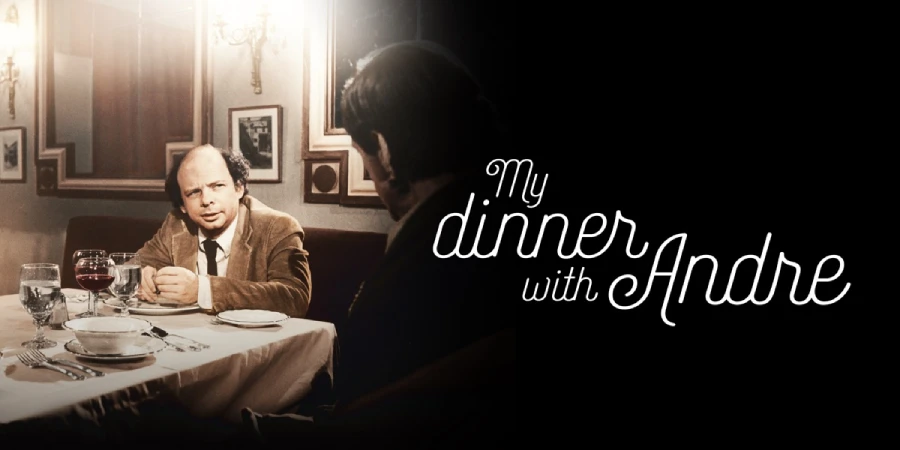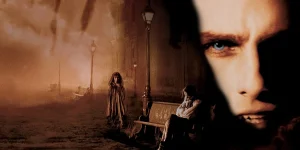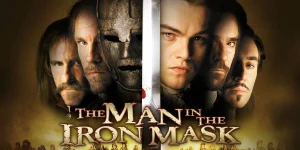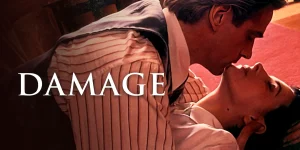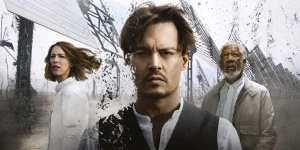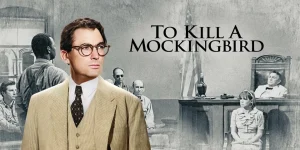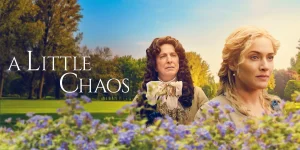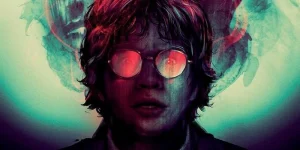My Dinner with Andre is not your typical movie. Directed by Louis Malle and written by its two stars, Wallace Shawn and André Gregory, the film is a 110-minute conversation over dinner that somehow becomes one of the most thought-provoking cinematic experiences of its time. It explores the clash of ideas between two very different men—one curious about spiritual transcendence, the other grounded in skeptical pragmatism.
Table of Contents
ToggleDetailed Summary
The Setup: A Simple Dinner
The film begins with Wallace Shawn walking through cold, gray New York City on his way to have dinner with an old friend he hasn’t seen in years—André Gregory. Wallace (playing a fictionalized version of himself) is apprehensive. He’s heard that André has undergone some kind of transformation, having traveled the world in search of meaning, and Wallace expects an awkward encounter.
What follows is exactly what the title promises: dinner with André. But what makes this evening remarkable is the depth and intensity of their conversation.
Act One: André’s Monologue of Experience
The first half of the dinner is dominated by André. He recounts in detail his spiritual and theatrical experiences in places like Poland, Tibet, the Sahara Desert, and Scotland. Immersive theater experiments, living without electricity, group rituals in the forest, and a terrifying sense of disconnection from modern life all feature in his stories. According to André, most people are sleepwalking through existence, trapped in a “reality” that is merely a socially constructed illusion.
André’s worldview is mystical, abstract, and spiritual—sometimes bordering on the esoteric. He believes that true human connection is being lost, and that society is becoming a machine.
Act Two: Wallace Pushes Back
Eventually, Wallace enters the discussion more forcefully. He listens politely at first, but then begins to question André’s worldview. Wallace argues for the value of the everyday, the comfort of a cup of coffee, the pleasures of routine, and the importance of functioning in a structured world. Where André sees sleepwalking, Wallace sees surviving.
Their disagreement is not hostile—it’s curious, exploratory, and laced with affection. They represent opposing philosophies: André the spiritual seeker, Wallace the rational observer.
The Emotional Underpinning
As the dinner progresses, the film subtly becomes more than an intellectual debate. It’s about two people trying to reach each other across a philosophical divide. There are moments of vulnerability—when André admits his fear of modern society or Wallace shares his existential uncertainties. The conversation shifts from abstract ideas to something more emotional and human.
Movie Ending
The film ends with Wallace quietly taking a cab ride home. He reflects on the conversation he just had—not through narration, but through silence and expression. As the city lights blur past the car windows, Wallace begins to think about his life with new eyes. He remembers moments from childhood, meals with his family, and his girlfriend at home waiting for him.
Nothing explosive happens—but everything changes internally.
That final cab ride is the emotional resolution of the film. Wallace has not necessarily converted to André’s worldview, but he’s been affected. He’s been shaken out of his comfort zone, and now he’s beginning to see the magic in the mundane. The film ends on this quietly profound note—not with answers, but with reflection.
Are There Post-Credits Scenes?
No, there are no post-credits scenes in My Dinner with Andre. The film concludes with Wallace’s cab ride and a brief, simple credits sequence. Given the nature of the film—grounded, minimalistic, and rooted in realism—a post-credits scene would have felt out of place.
Type of Movie
My Dinner with Andre is best categorized as a philosophical drama or intellectual dialogue film. It’s minimalist, cerebral, and deeply introspective. It straddles the line between fiction and documentary due to the autobiographical elements and naturalistic dialogue.
Cast
- Wallace Shawn as Wallace
- André Gregory as André
That’s it. The entire film is essentially these two actors talking to each other in real-time.
Film Music and Composer
There is no traditional film score. However, the opening credits feature Erik Satie’s “Gymnopédie No. 1”, which perfectly sets the meditative and contemplative mood of the film.
Filming Locations
The film was shot in Richmond, Virginia, inside a vacant hotel where the crew constructed a fake restaurant. Though the movie is set in a New York City restaurant, filming in NYC would have been too noisy and expensive.
The location had to be soundproof and controlled, which made the Richmond site ideal. It also gave the filmmakers the ability to control lighting and camera angles for such a dialogue-heavy shoot.
Awards and Nominations
- Boston Society of Film Critics Award for Best Screenplay (1982)
- Nominated for Independent Spirit Awards (Best Feature, Best Director)
- Included in Roger Ebert’s “Great Movies” list
Though it wasn’t a blockbuster, the film has become a cult classic and is frequently cited in lists of the most intelligent and original films ever made.
Behind the Scenes Insights
- The entire dinner conversation was shot over two weeks. The actors wore the same clothes every day.
- To preserve continuity, they ate cold food that had been placed for hours between takes.
- Louis Malle used hidden microphones and multiple cameras to catch subtle expressions.
- Wallace and André weren’t acting—they were playing fictionalized versions of themselves based on real conversations.
- The script was over 150 pages of pure dialogue, which took months to rehearse and memorize.
Inspirations and References
- Inspired by real conversations between Wallace Shawn and André Gregory during a time when both were questioning their lives.
- Philosophical ideas in the film draw from existentialism, Zen Buddhism, Jungian psychology, and the works of Martin Buber.
- Theatrical influences include Jerzy Grotowski, a Polish theatre director referenced by André in the movie.
Alternate Endings and Deleted Scenes
There are no known alternate endings or substantial deleted scenes, primarily because the script was so tight and self-contained. Louis Malle shot exactly what was written, and the editing process focused more on pacing and flow than on cutting story content.
Book Adaptations and Differences
The film was adapted into a book: My Dinner with André: A Screenplay (published in 1981). It includes not only the script but also commentary and reflections by Shawn and Gregory. The book version is almost identical to the film, but it offers behind-the-scenes insights and background that enrich the experience.
Memorable Scenes and Quotes
Key Scenes
- André’s retelling of the Polish forest ritual, which includes people pretending to be trees and animals.
- Wallace’s impassioned defense of electric blankets and daily comforts.
- The moment when both men realize they may never truly agree—but still value the connection.
Iconic Quotes
- “I mean, the real question is whether life is worth living.”
- “People are asleep, and when they wake up, they find themselves in trouble.”
- “I just don’t know how anybody could enjoy anything more than I enjoy a good cup of coffee.”
Easter Eggs and Hidden Details
- The restaurant where they dine is not real and was entirely fabricated on a soundstage.
- The meal they “eat” is largely uneaten—watch closely and you’ll see their plates rarely change.
- The lighting subtly shifts during the conversation, becoming darker and more intimate as the dialogue deepens.
Trivia
- The movie cost $475,000 to make—low even by 1981 standards.
- It’s become a pop culture reference point, often parodied in shows like The Simpsons, Community, and Family Guy.
- Wallace Shawn was best known for comedic roles (like in The Princess Bride)—this film showed his intellectual side.
- The movie became a hit among college students and philosophers, despite its minimal action.
- The Criterion Collection released a restored version, cementing its status as a classic.
Why Watch?
If you’re tired of formulaic storytelling, My Dinner with Andre offers something radically different. It challenges you to think—not through plot twists or spectacle, but through honest, raw conversation. It’s a film for anyone who’s ever questioned their reality, their purpose, or simply wondered if there’s more to life than routine.
Director’s Other Movies
- Au revoir les enfants (1987)
- The Lovers (1958)
- Atlantic City (1980)
- Elevator to the Gallows (1958)
- Pretty Baby (1978)
Recommended Films for Fans
- Before Sunrise (1995)
- My Dinner with Hervé (2018)
- The Man from Earth (2007)
- The End of the Tour (2015)
- Coffee and Cigarettes (2003)
- Waking Life (2001)

